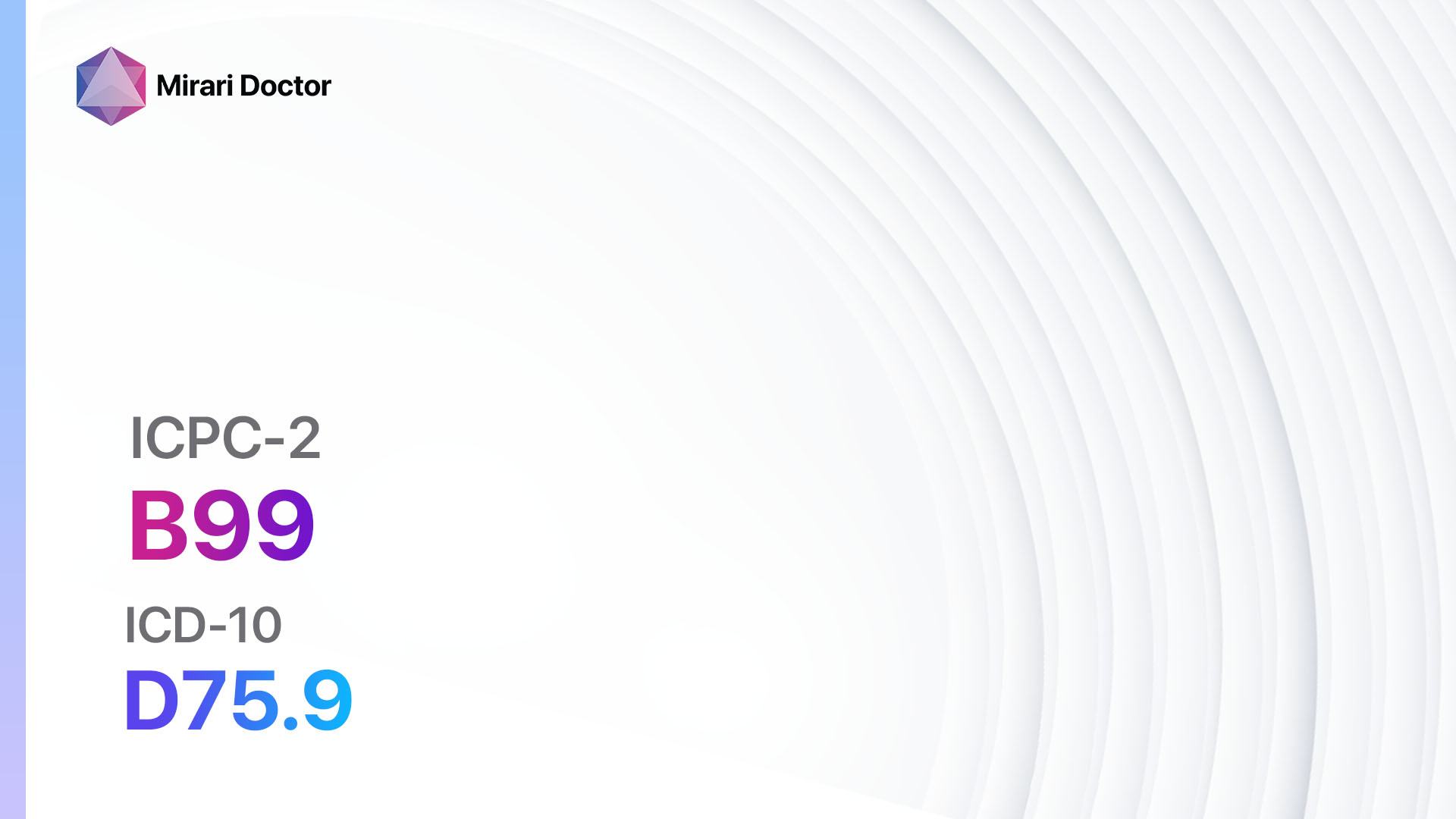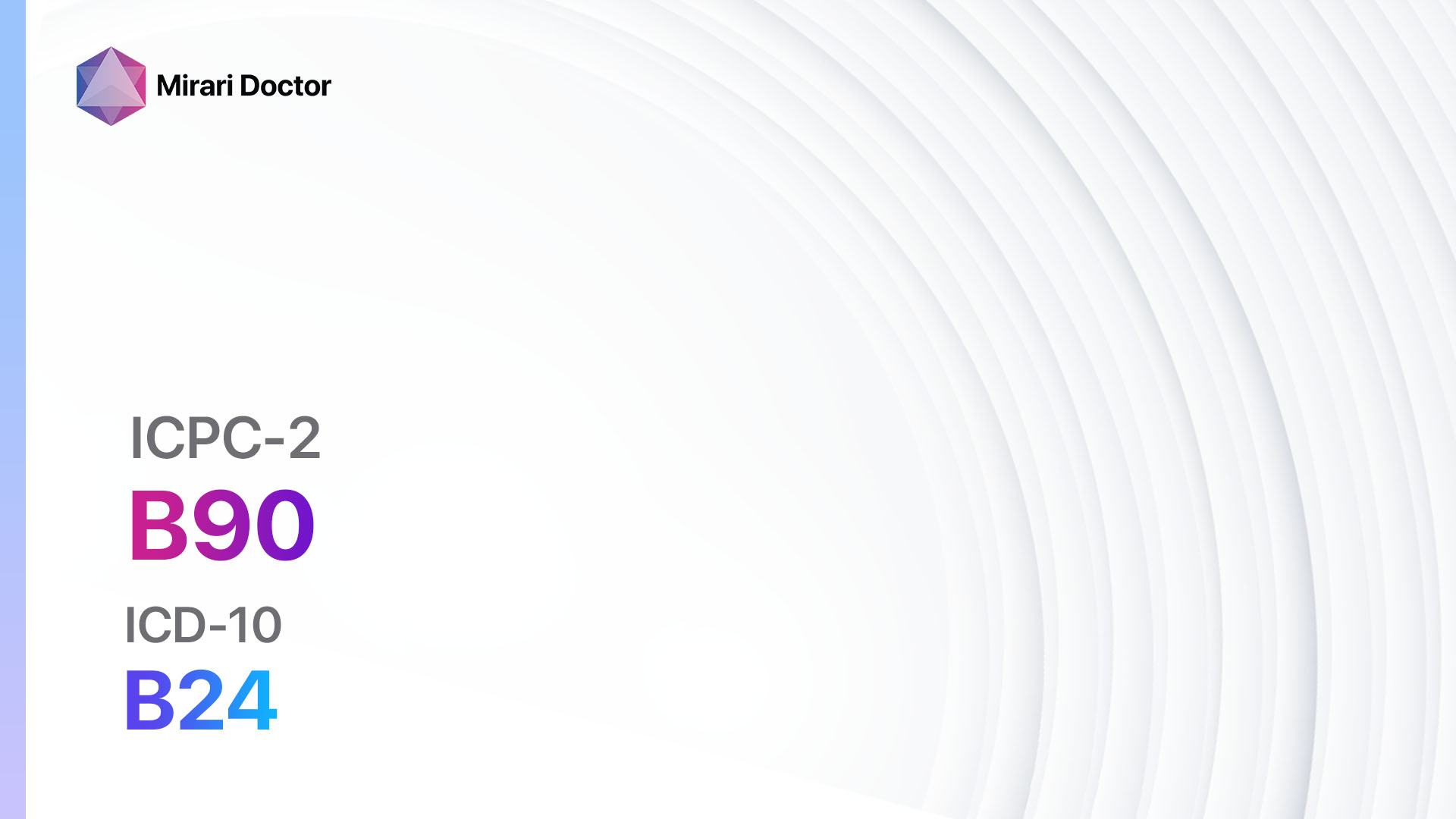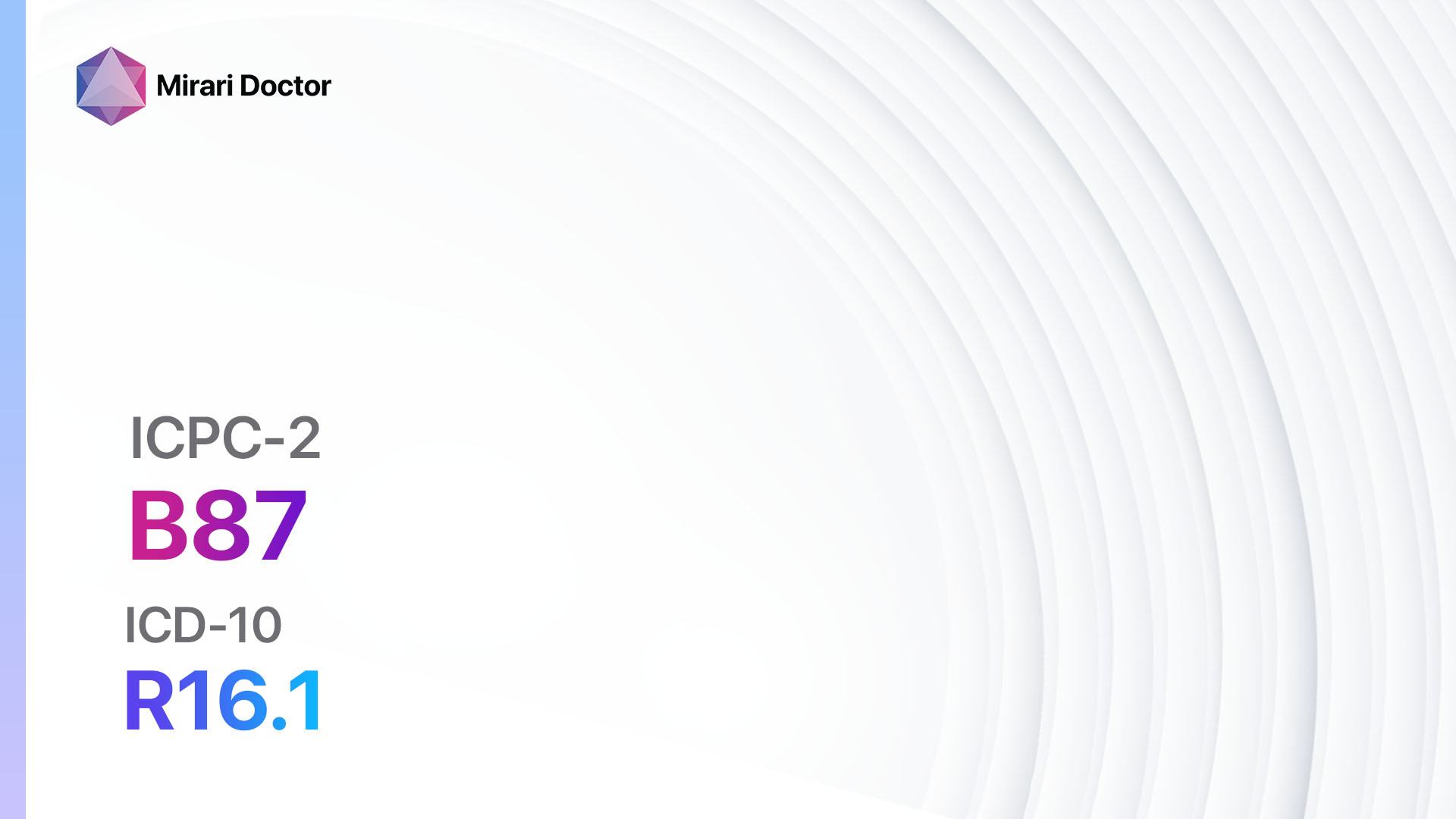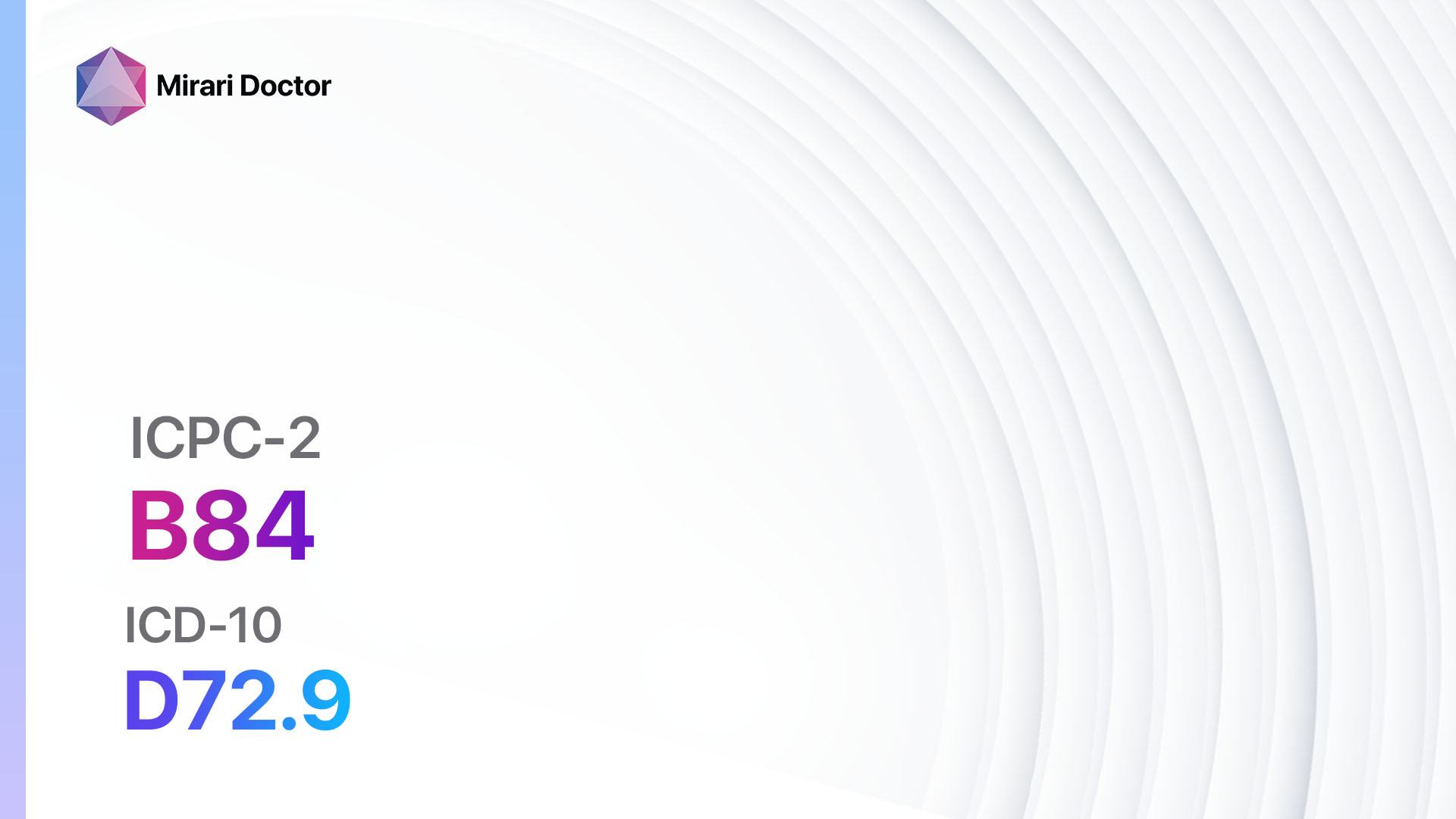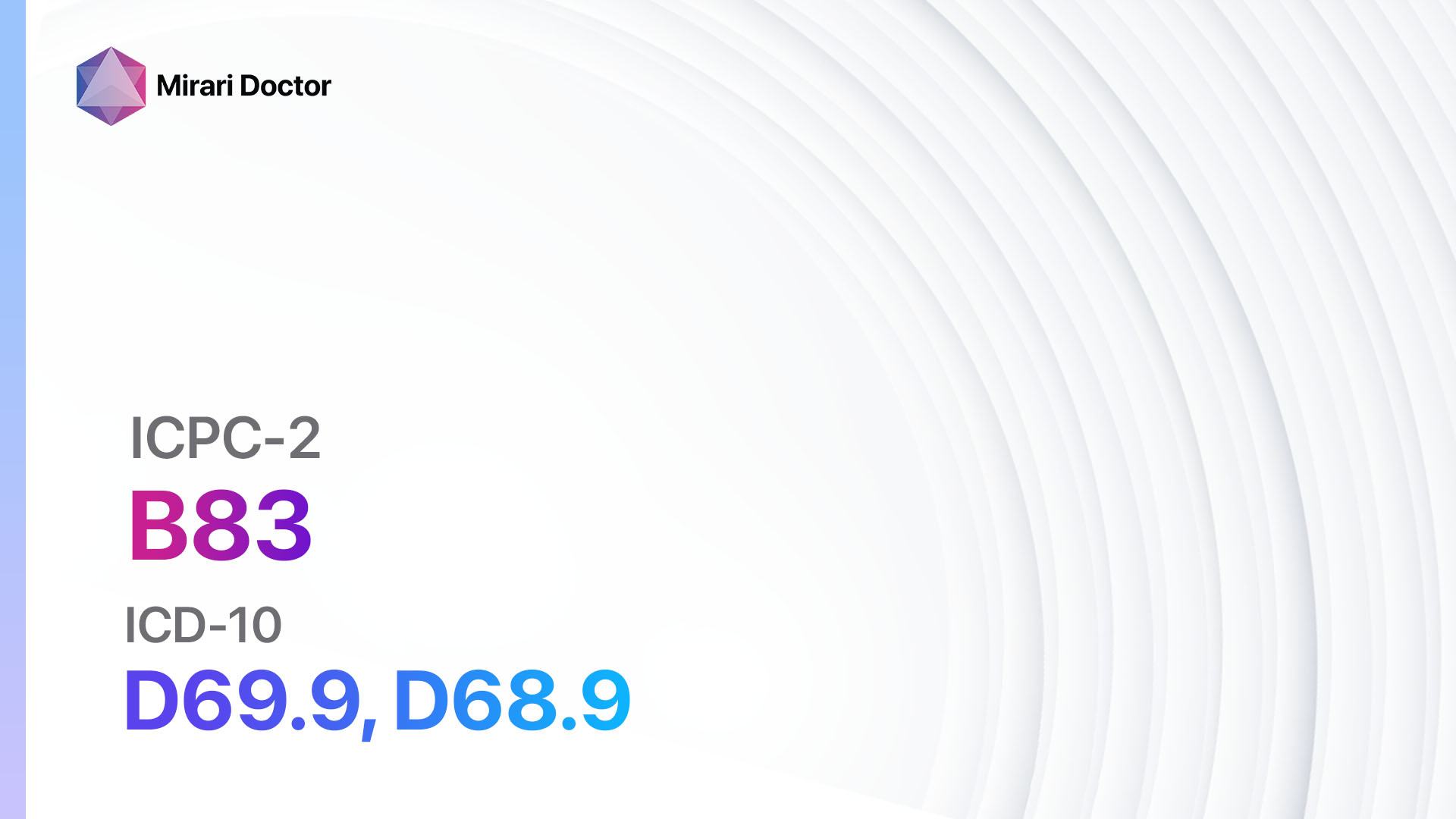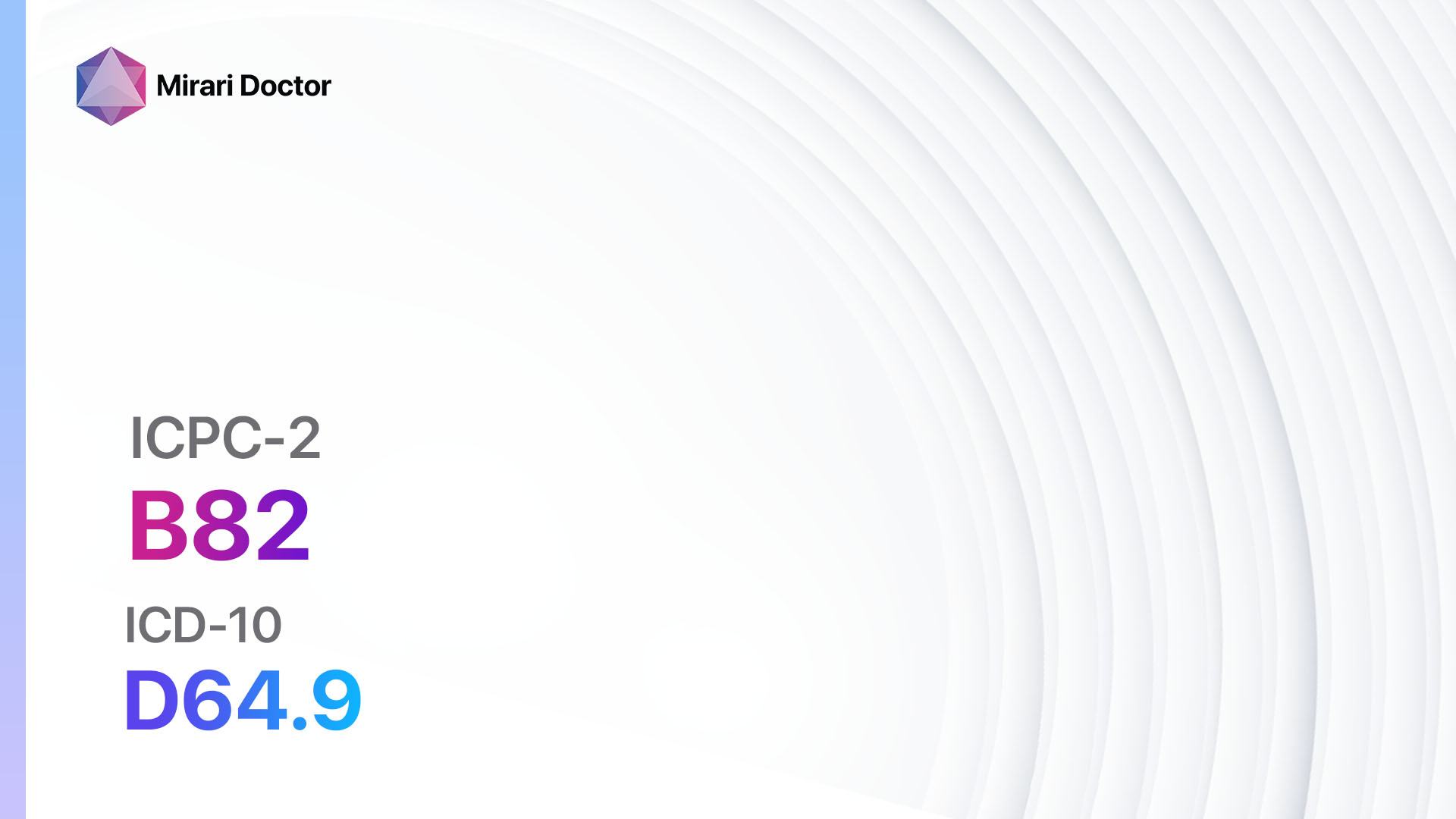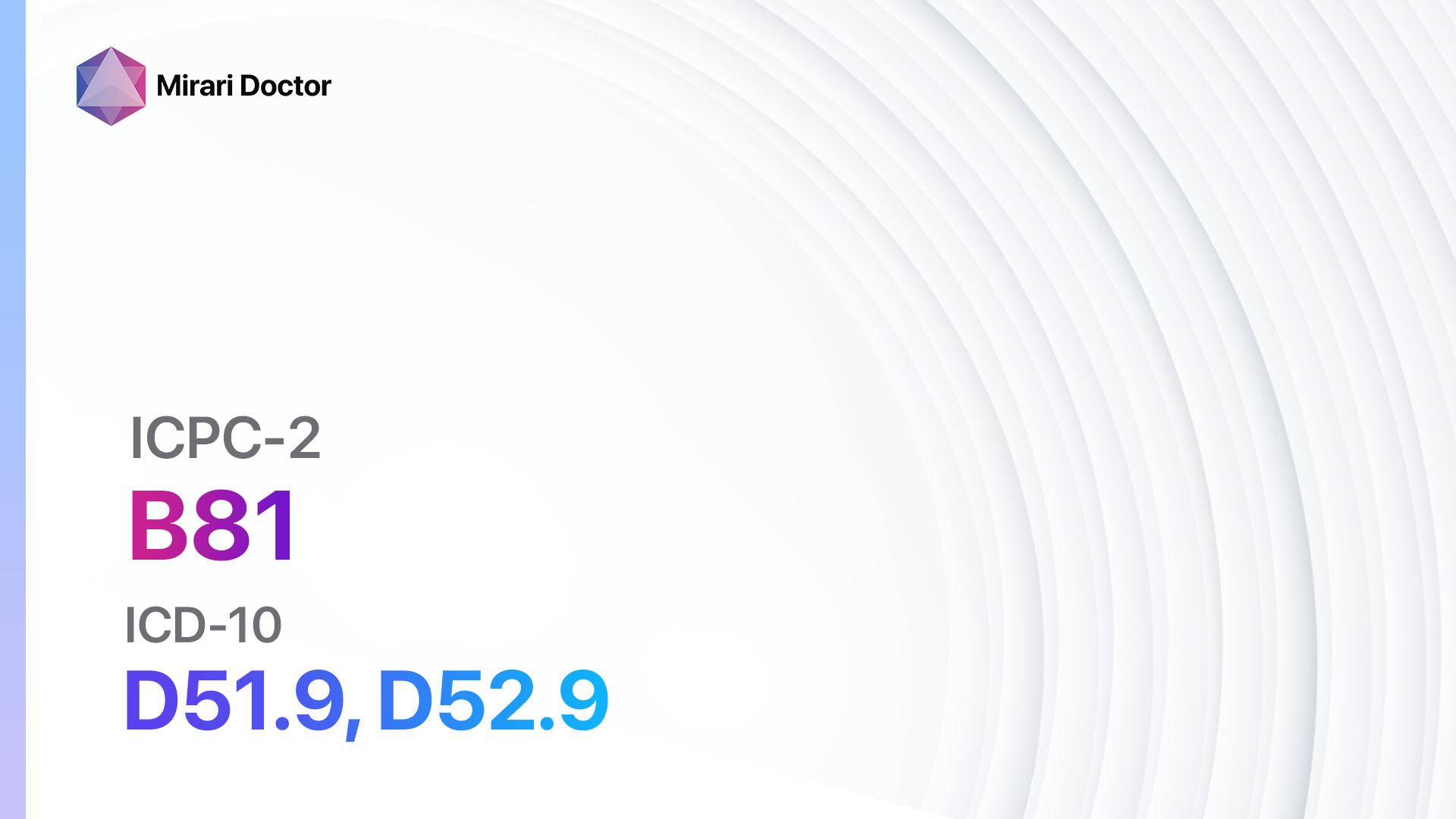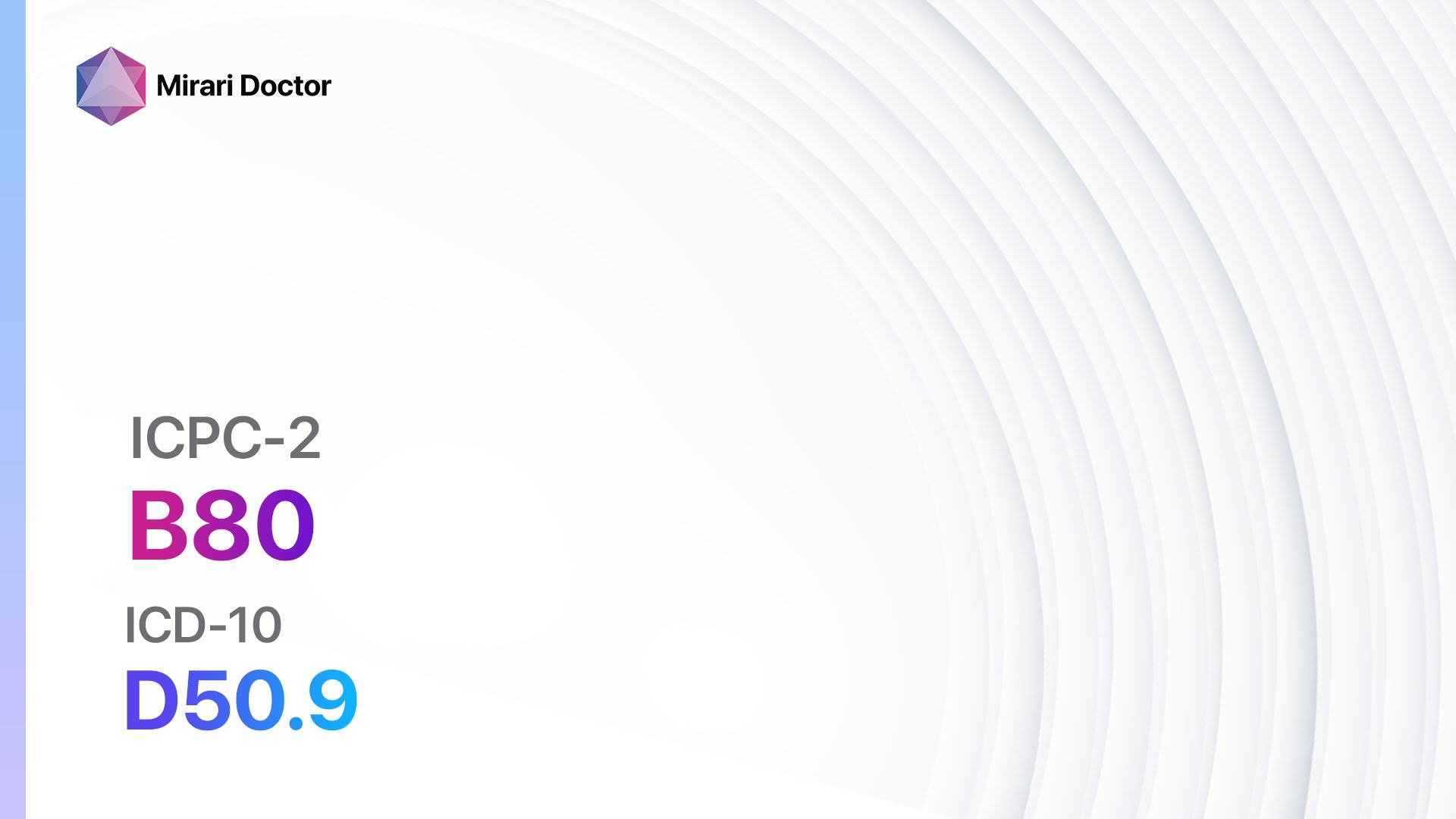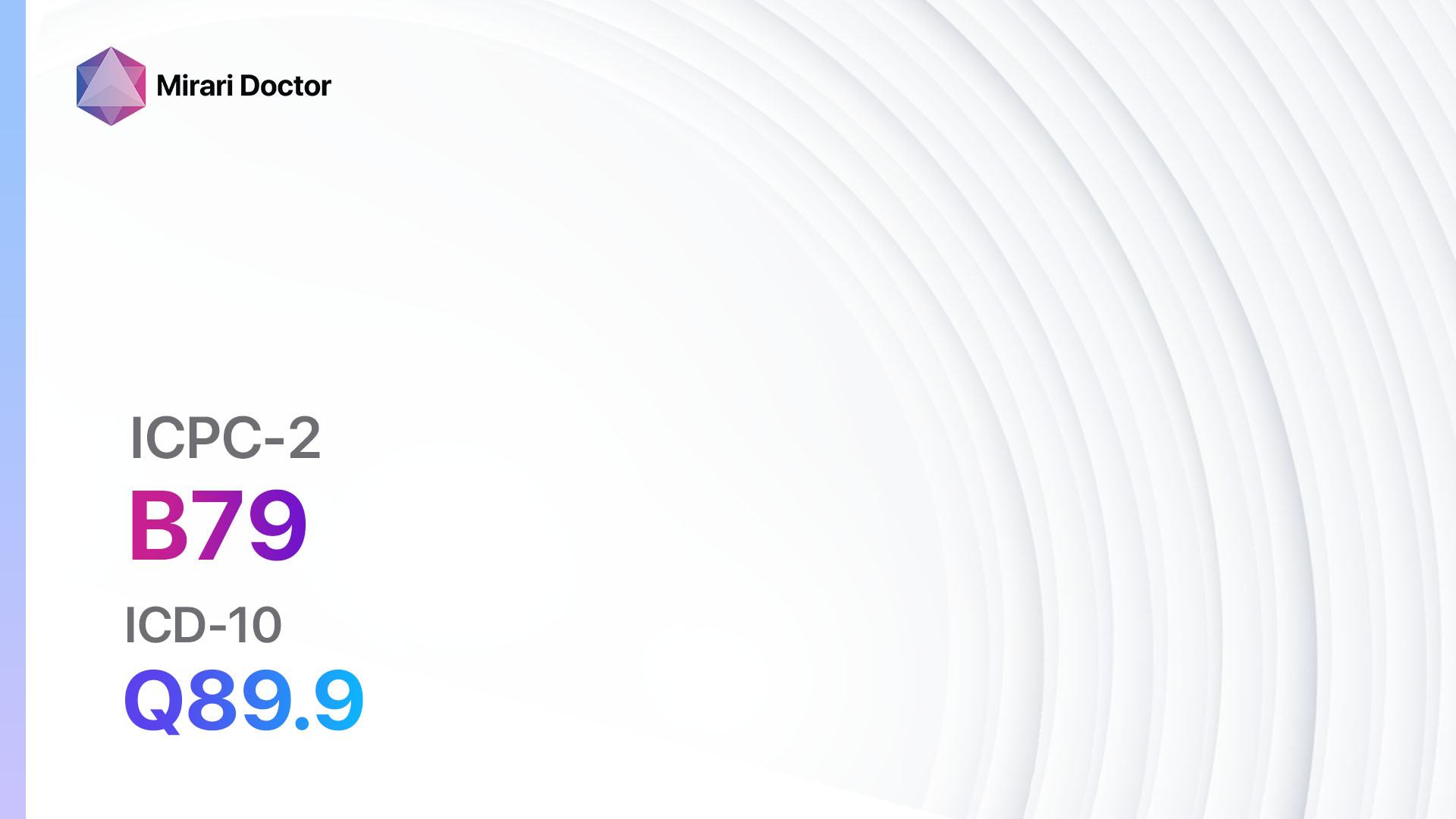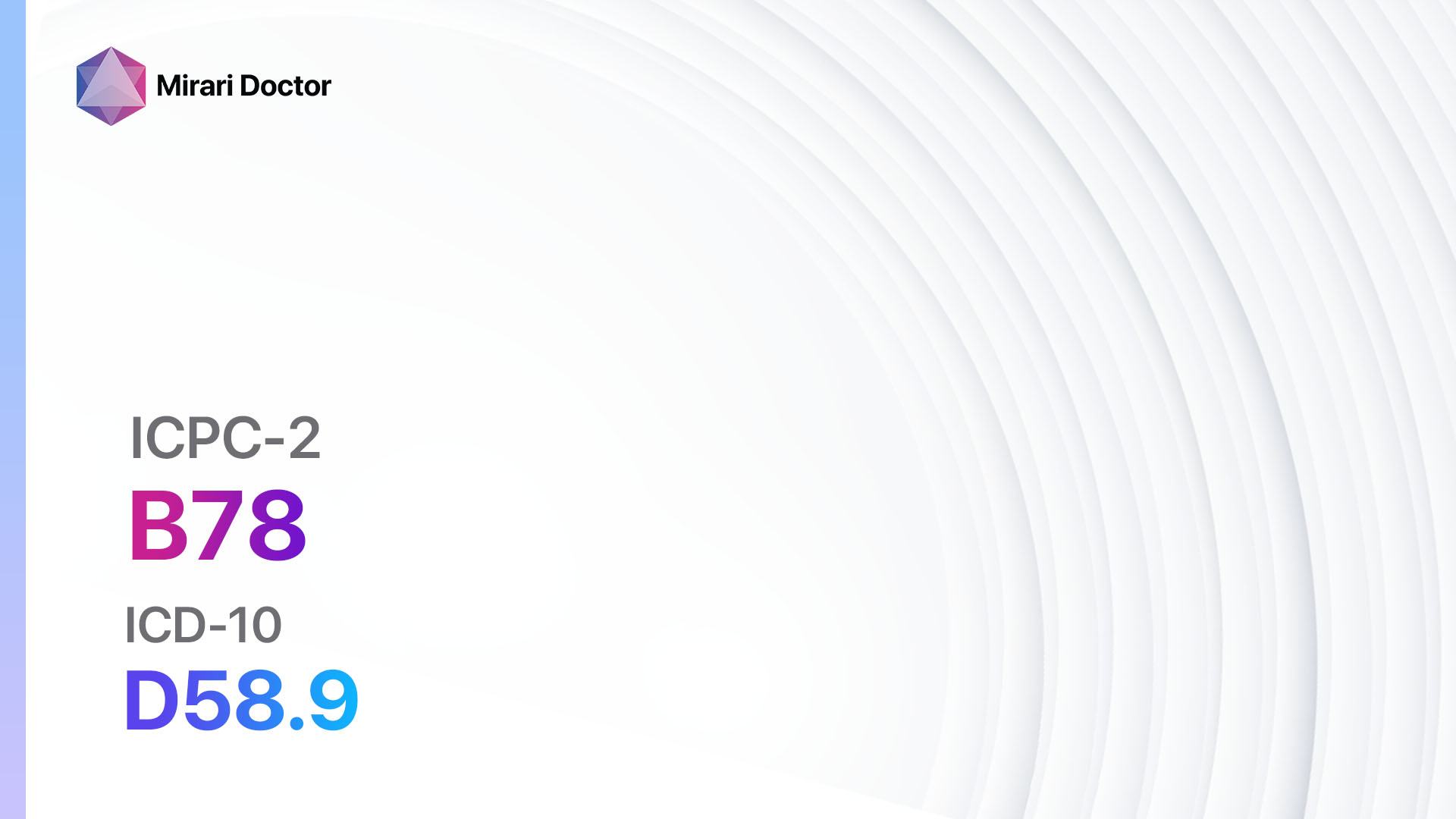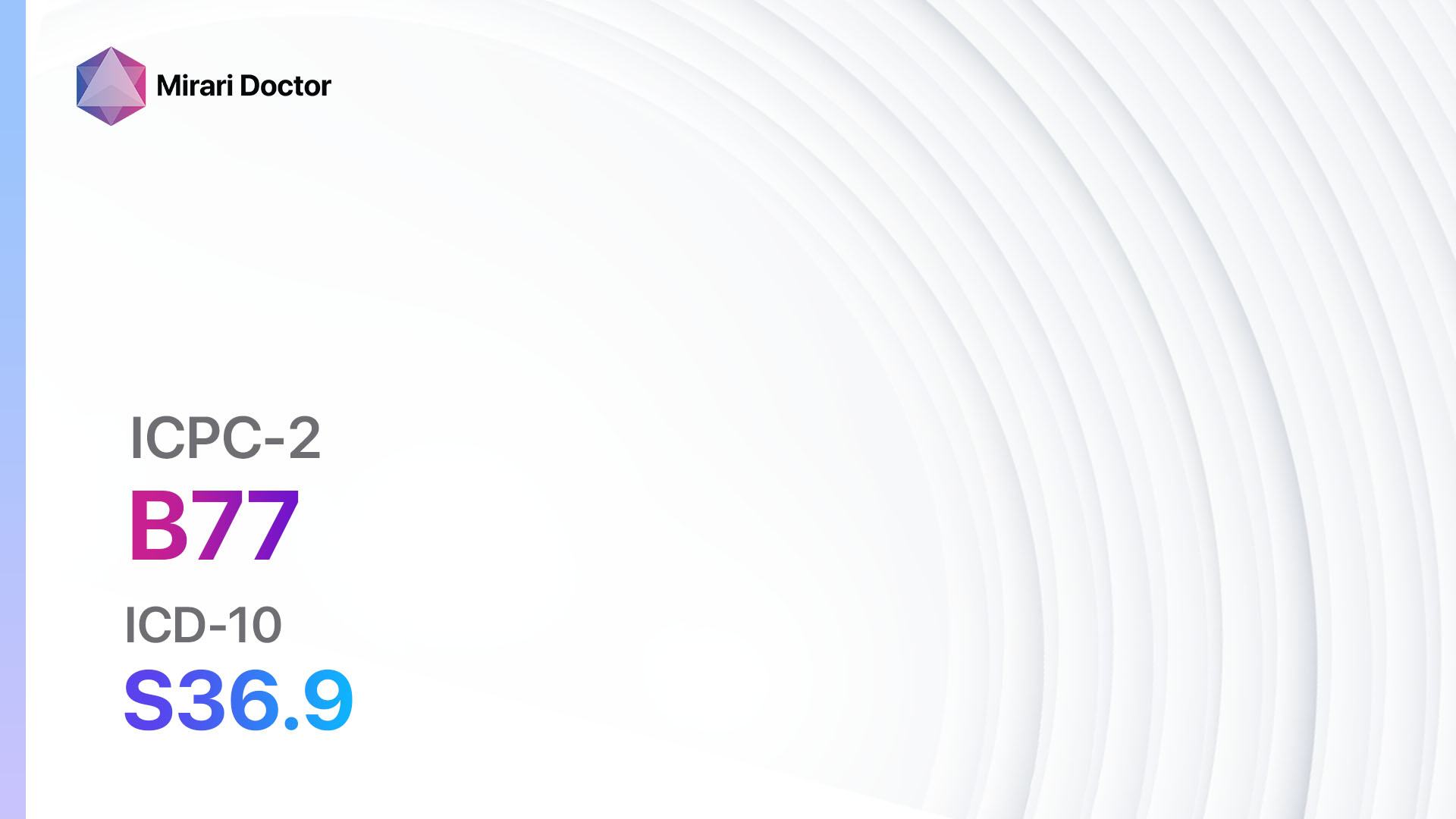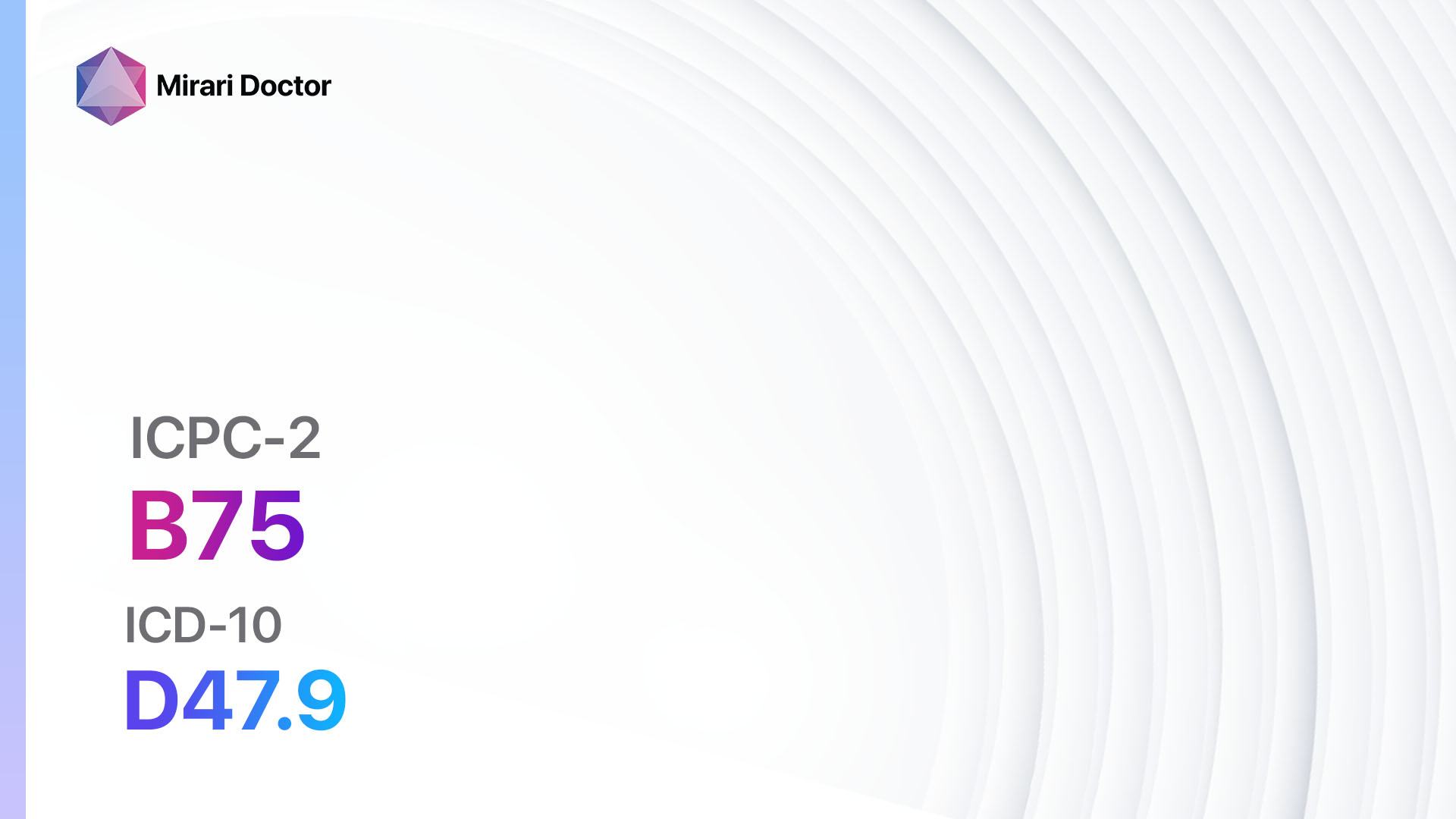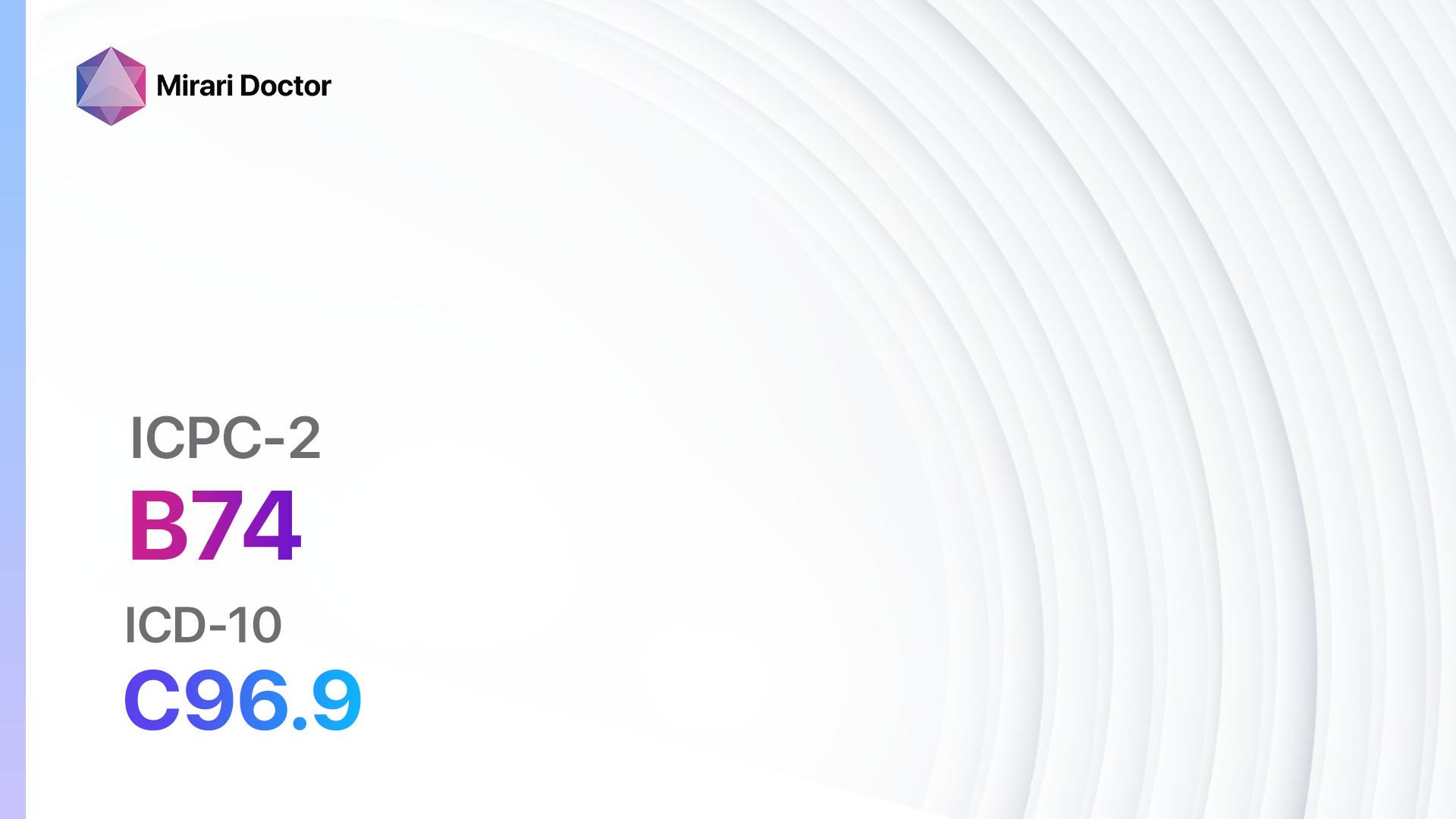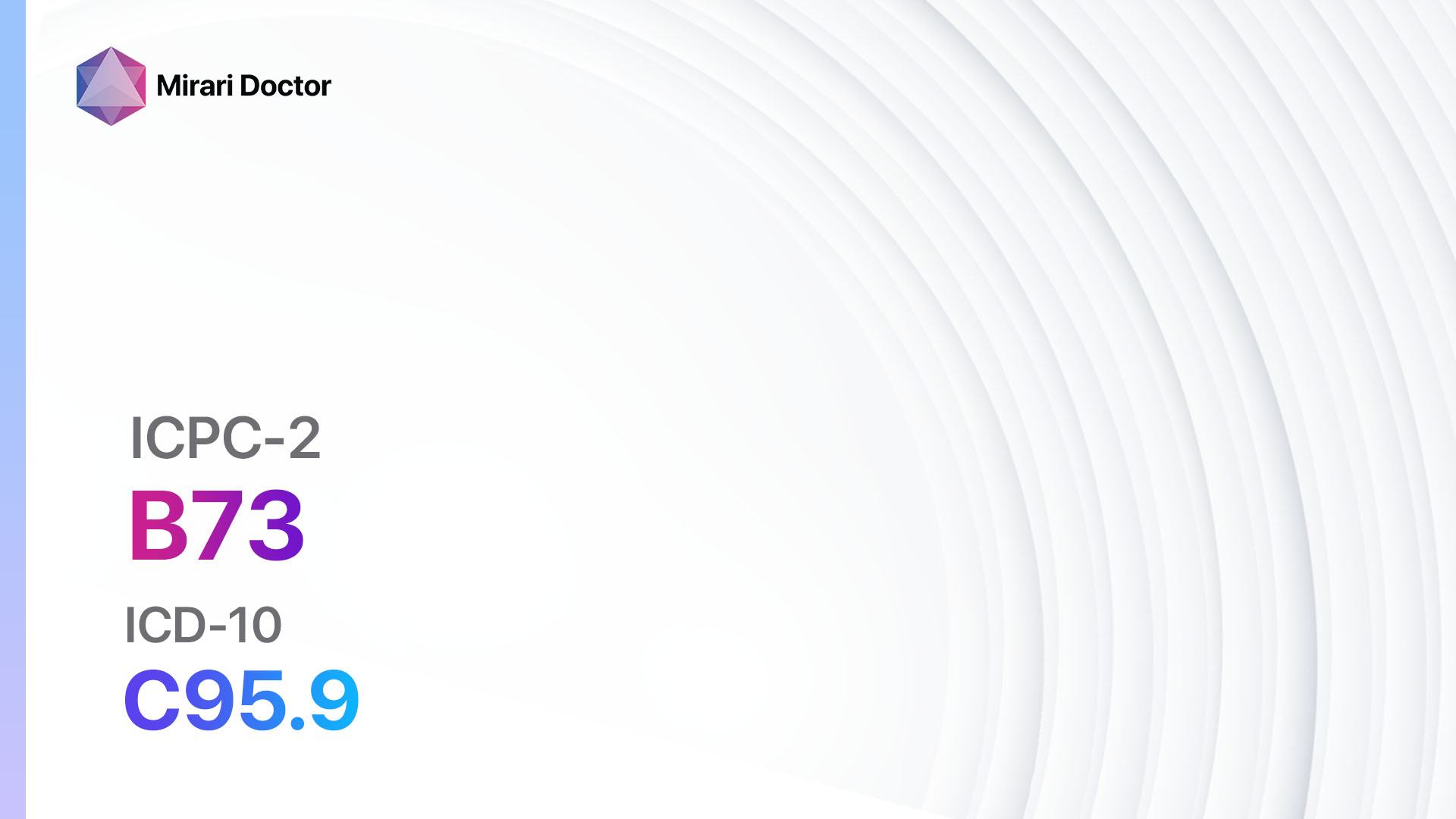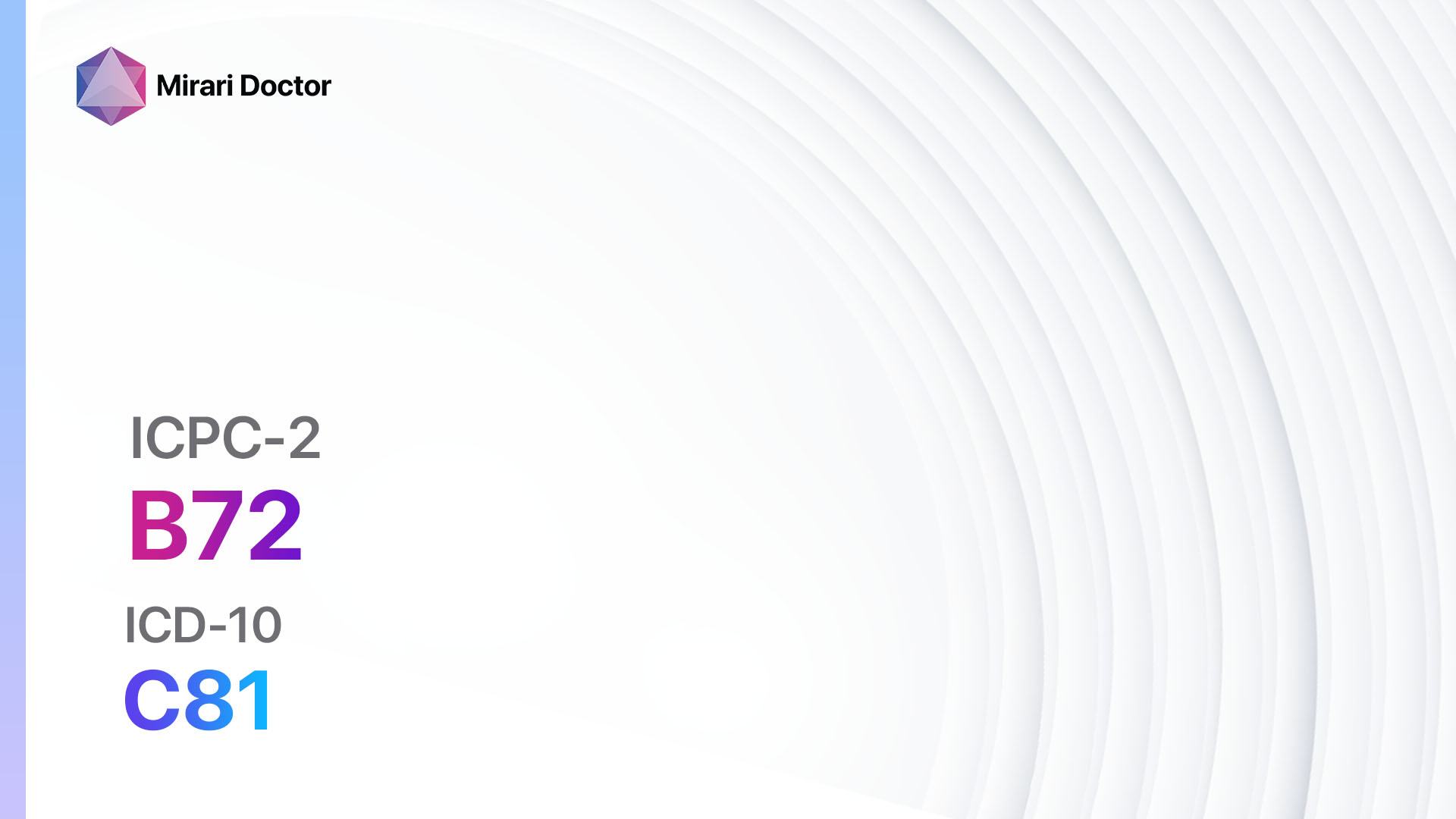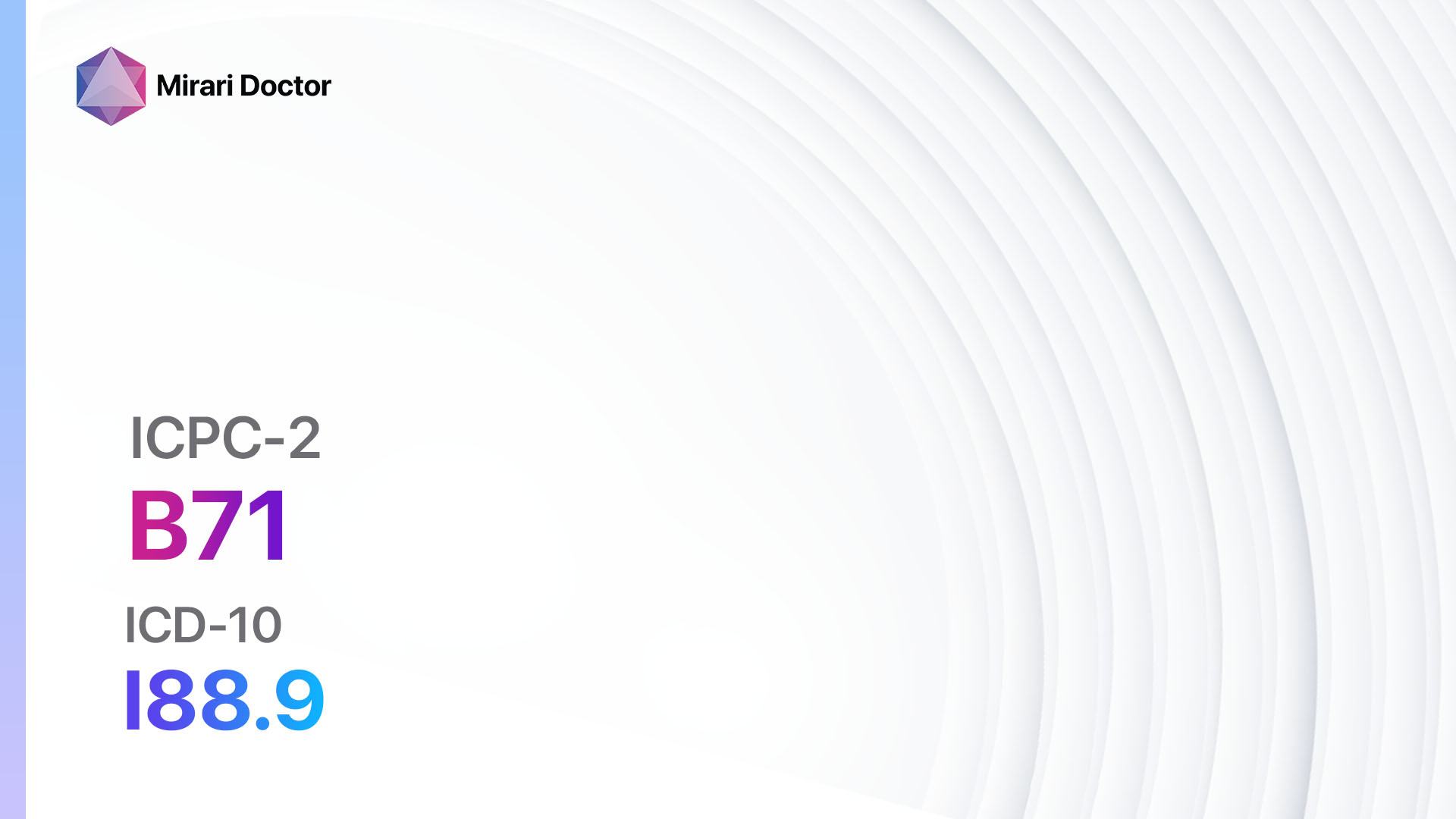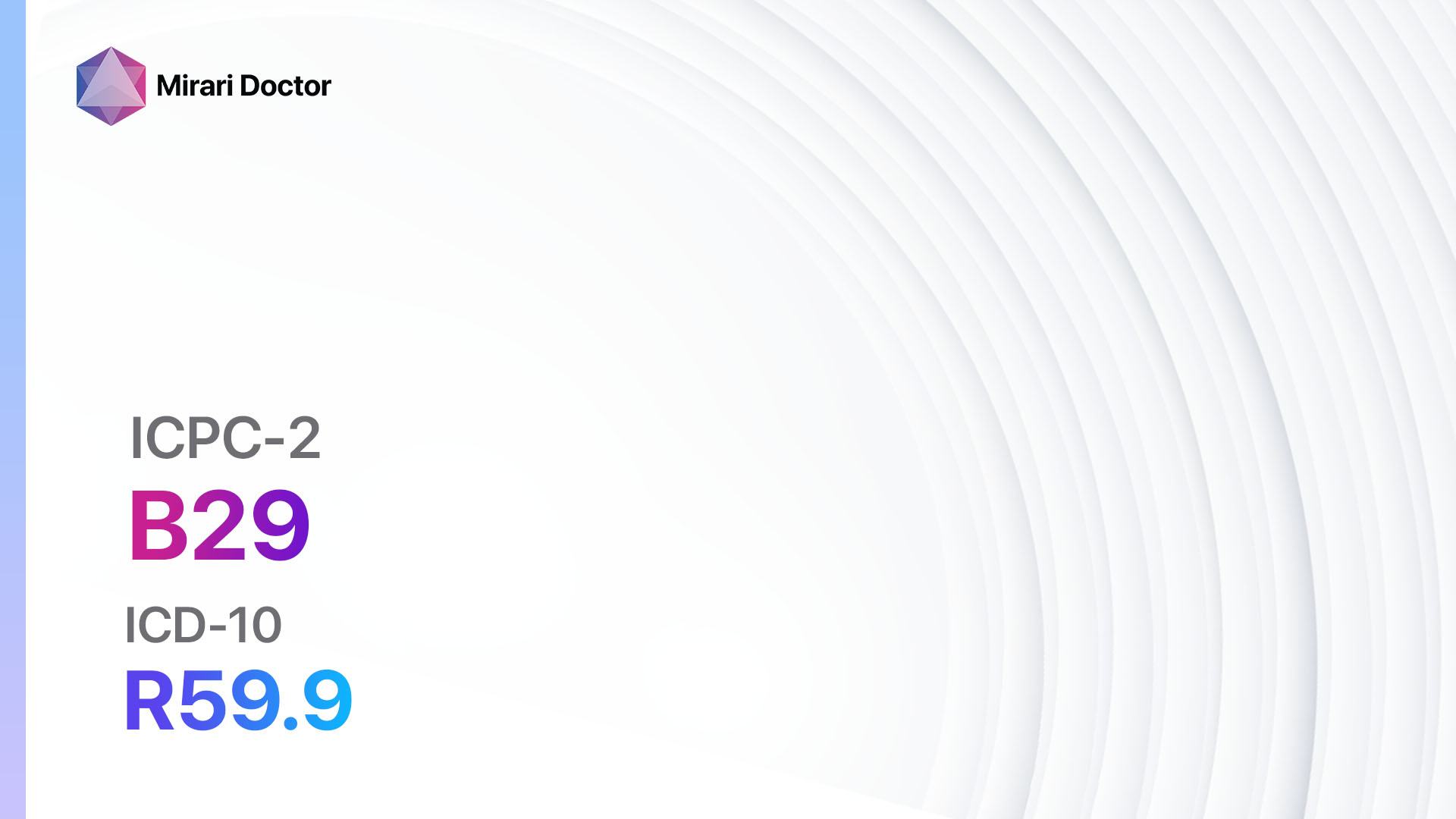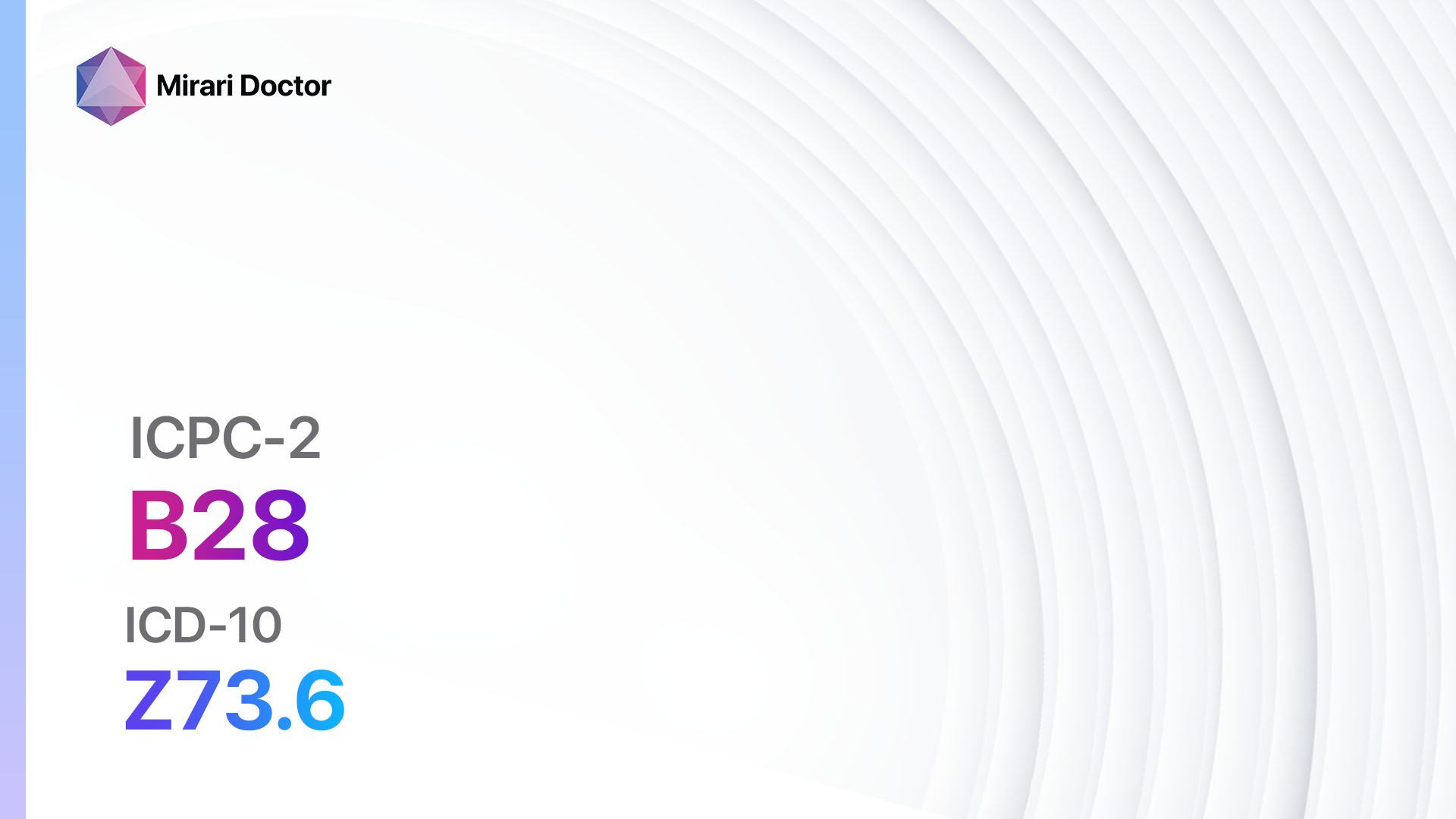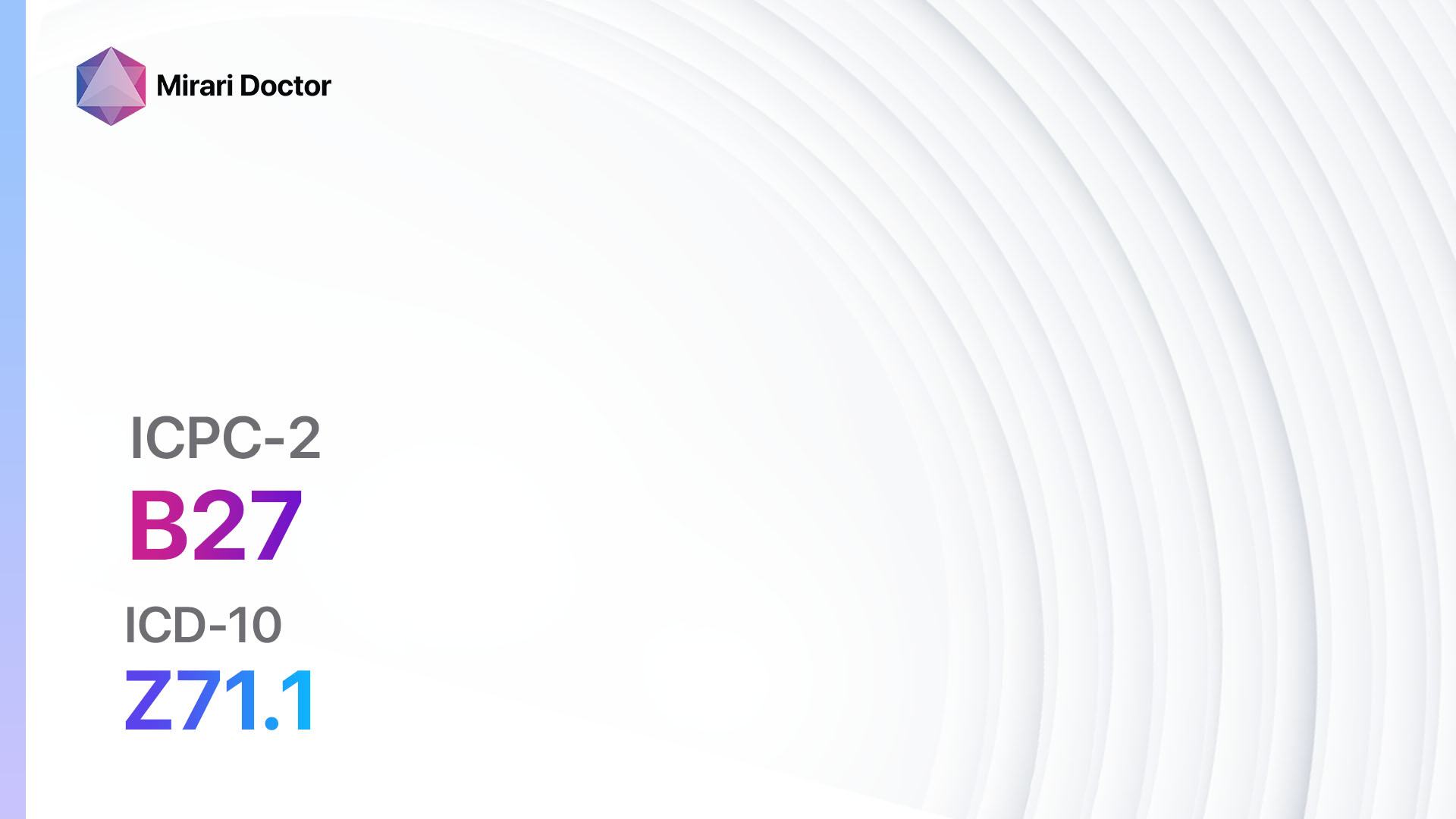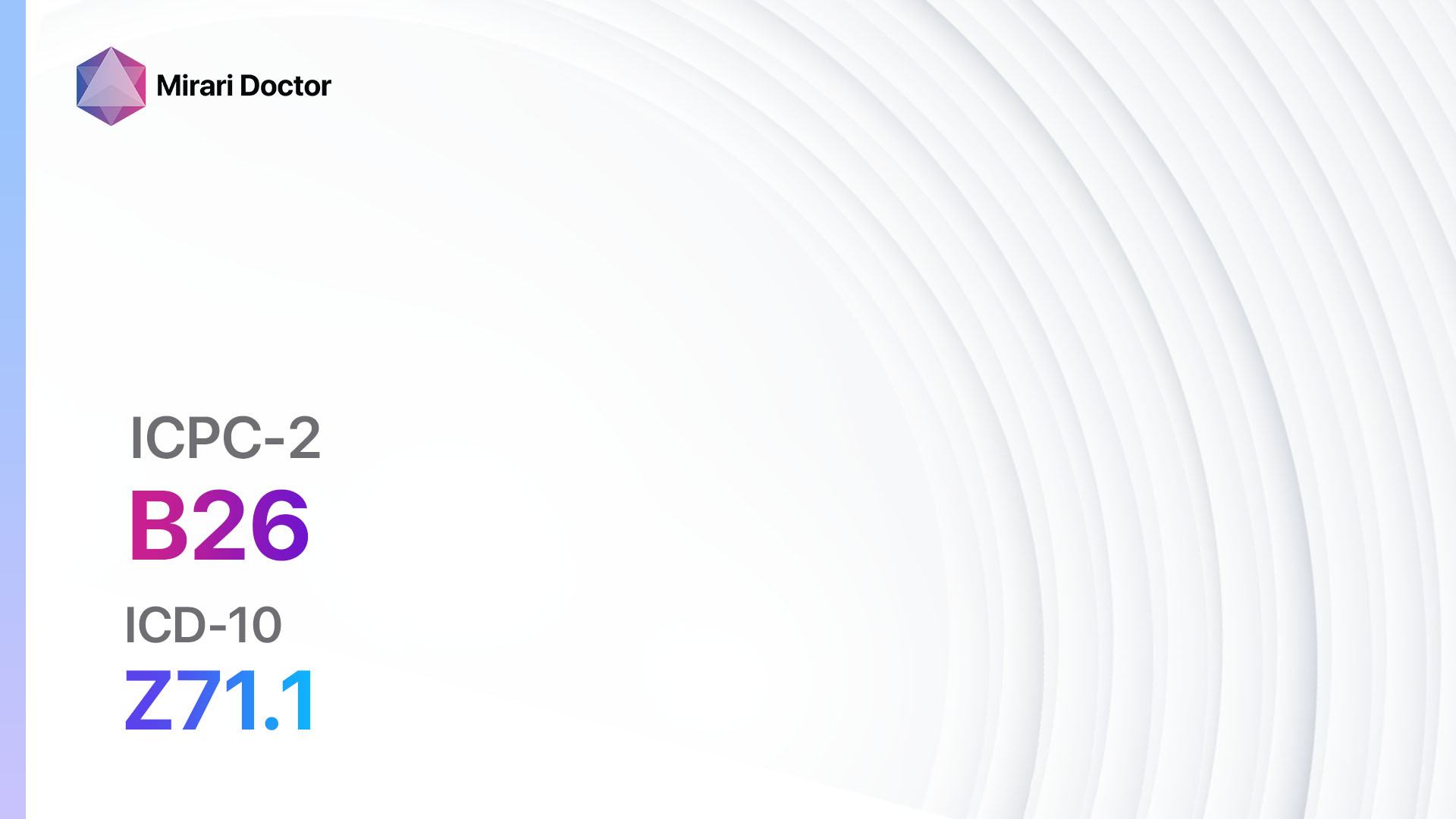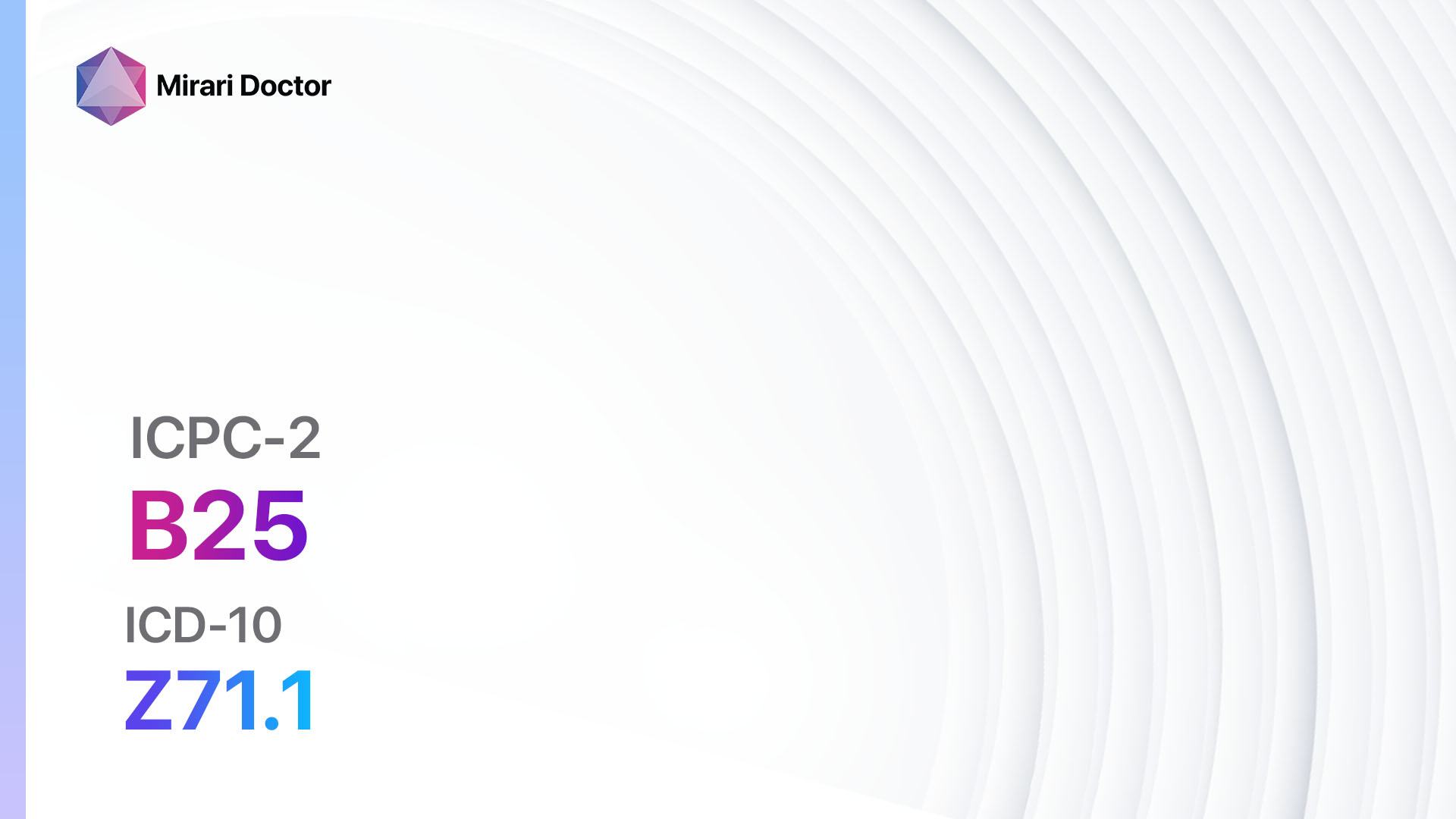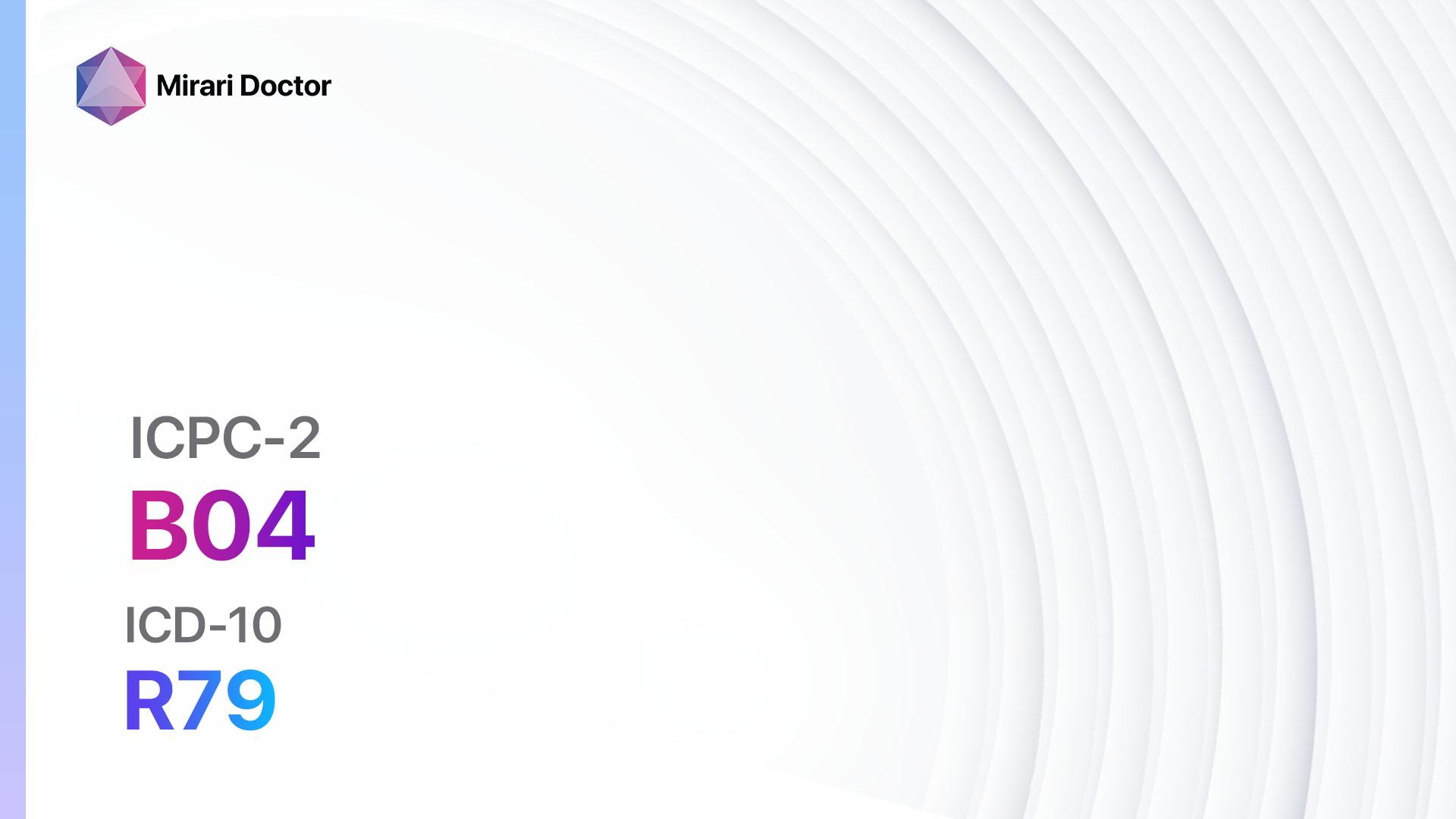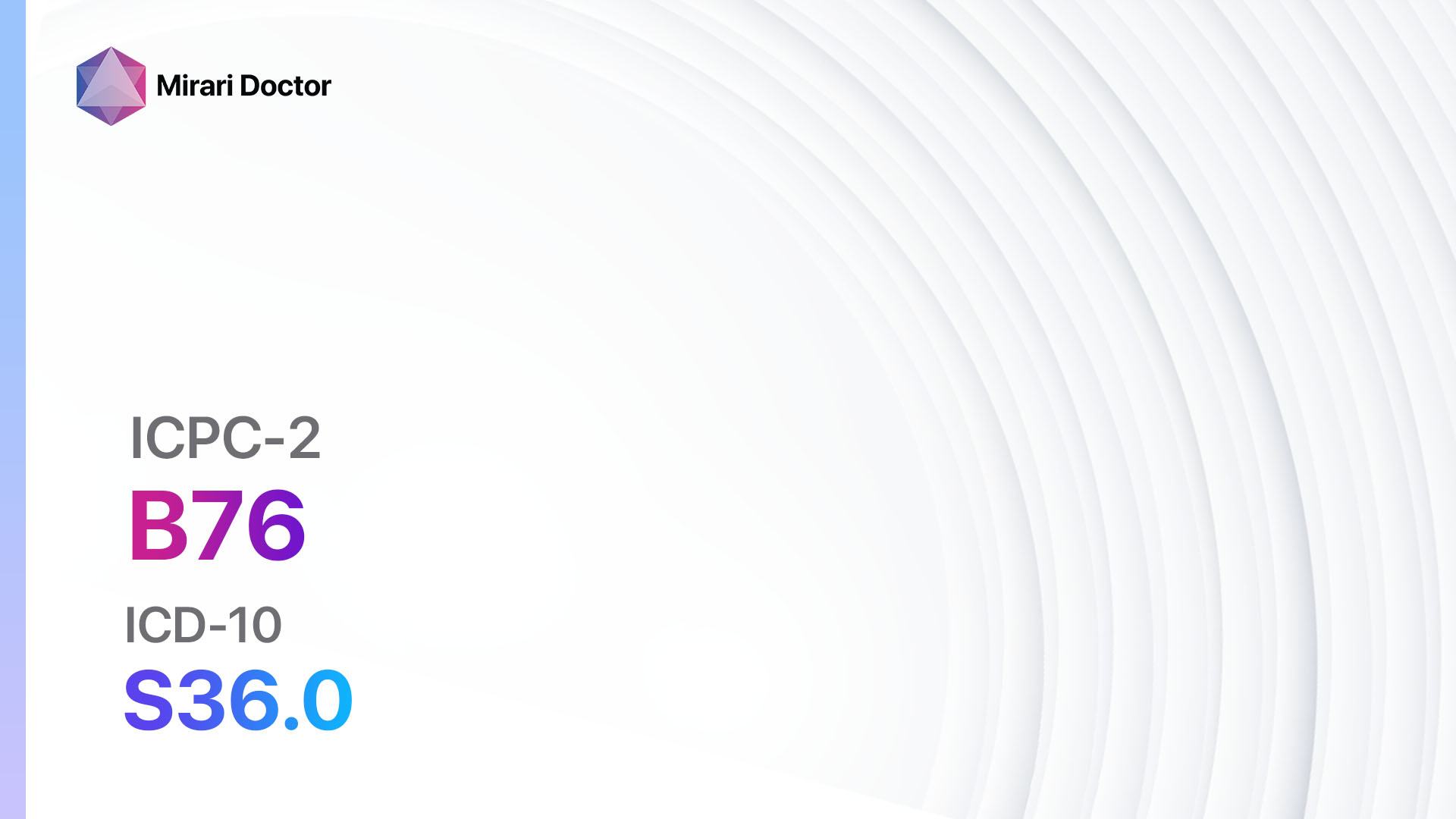
Introduction
Ruptured spleen traumatic, also known as splenic rupture, is a condition where the spleen is damaged or torn due to trauma or injury[1]. The spleen is an important organ located in the upper left side of the abdomen, and it plays a crucial role in filtering blood, fighting infections, and removing old or damaged red blood cells[2]. A ruptured spleen can be a life-threatening condition that requires immediate medical attention[3]. The aim of this guide is to provide a comprehensive overview of the diagnosis and possible interventions for traumatic splenic rupture.
Codes
Symptoms
- Abdominal pain: Severe pain in the left upper abdomen, which may radiate to the left shoulder[6].
- Abdominal tenderness: The abdomen may be tender to touch, especially in the left upper quadrant[7].
- Abdominal distension: Swelling or bloating of the abdomen due to internal bleeding[8].
- Hypotension: Low blood pressure due to internal bleeding[9].
- Rapid heart rate: Increased heart rate as a compensatory mechanism for blood loss[10].
- Dizziness or lightheadedness: Due to decreased blood flow and oxygen supply.
- Confusion or disorientation: In severe cases, decreased blood flow to the brain can cause neurological symptoms.
Causes
- Blunt trauma: Most commonly caused by motor vehicle accidents, falls, or physical assaults.
- Sports injuries: Contact sports or activities with a risk of abdominal trauma.
- Penetrating trauma: Stab or gunshot wounds to the abdomen.
Diagnostic Steps
Medical History
- Gather information about the patient’s recent trauma or injury.
- Inquire about symptoms such as abdominal pain, tenderness, or distension.
- Ask about any previous medical conditions or surgeries that may affect the spleen.
Physical Examination
- Perform a thorough abdominal examination, focusing on the left upper quadrant.
- Palpate the abdomen for tenderness, distension, or signs of internal bleeding.
- Check vital signs, including blood pressure, heart rate, and oxygen saturation.
Laboratory Tests
- Complete blood count (CBC): To assess for signs of anemia or abnormal blood cell counts.
- Blood typing and crossmatching: In case a blood transfusion is required.
- Coagulation profile: To evaluate the blood’s ability to clot.
- Liver function tests: To assess liver function, as liver injury can be associated with splenic rupture.
Diagnostic Imaging
- Abdominal ultrasound: A non-invasive imaging modality that can detect free fluid in the abdomen, indicating internal bleeding.
- Computed tomography (CT) scan: Provides detailed images of the spleen and surrounding structures, helping to confirm the diagnosis and assess the severity of the rupture.
- Chest X-ray: To evaluate for associated injuries or complications, such as pneumothorax.
Other Tests
- Diagnostic peritoneal lavage: In some cases, a procedure may be performed to assess for the presence of blood in the abdominal cavity.
- Diagnostic laparoscopy: A minimally invasive surgical procedure that allows direct visualization of the abdominal organs and can be used to confirm the diagnosis.
Follow-up and Patient Education
- Provide clear instructions for follow-up appointments and any necessary imaging or laboratory tests.
- Educate the patient about the signs and symptoms of complications, such as infection or delayed bleeding.
- Emphasize the importance of avoiding activities that may cause further trauma to the abdomen.
Possible Interventions
Traditional Interventions
Medications:
Top 5 drugs for Ruptured spleen traumatic:
- Pain medications (e.g., Acetaminophen, Morphine):
- Cost: Acetaminophen is inexpensive (less than $10/month). Morphine can range from $20-$100/month.
- Contraindications: Allergy to the medication, respiratory depression.
- Side effects: Nausea, constipation, drowsiness.
- Severe side effects: Respiratory depression, addiction.
- Drug interactions: Other sedatives or opioids.
- Warning: Use with caution in patients with liver or kidney disease.
- Antibiotics (e.g., Ceftriaxone, Metronidazole):
- Cost: Generic versions can range from $10-$50/month.
- Contraindications: Allergy to the medication.
- Side effects: Nausea, diarrhea, allergic reactions.
- Severe side effects: Severe allergic reactions, Clostridium difficile infection.
- Drug interactions: Warfarin, other antibiotics.
- Warning: Use with caution in patients with liver or kidney disease.
- Intravenous fluids (e.g., Normal saline, Lactated Ringer’s solution):
- Cost: Varies depending on the quantity and brand.
- Contraindications: Allergy to the solution.
- Side effects: Fluid overload, electrolyte imbalances.
- Severe side effects: Pulmonary edema, heart failure.
- Drug interactions: None.
- Warning: Use with caution in patients with heart or kidney disease.
- Anti-nausea medications (e.g., Ondansetron, Metoclopramide):
- Cost: Generic versions can range from $10-$50/month.
- Contraindications: Allergy to the medication, intestinal obstruction.
- Side effects: Headache, constipation, drowsiness.
- Severe side effects: Serotonin syndrome, movement disorders.
- Drug interactions: Serotonergic medications, antipsychotics.
- Warning: Use with caution in patients with liver or kidney disease.
- Blood transfusion:
- Cost: Varies depending on the blood type and quantity required.
- Contraindications: Severe allergic reactions to blood products.
- Side effects: Transfusion reactions, infection transmission.
- Severe side effects: Hemolytic reactions, transfusion-related acute lung injury.
- Drug interactions: None.
- Warning: Blood transfusions should be performed in a controlled setting by trained healthcare professionals.
Alternative Drugs:
- Proton pump inhibitors (e.g., Omeprazole): Used to reduce stomach acid production and prevent stress ulcers. Cost: $10-$50/month.
- Anti-anxiety medications (e.g., Lorazepam, Diazepam): May be prescribed to reduce anxiety and promote relaxation. Cost: Generic versions can range from $10-$50/month.
- Anti-emetic suppositories (e.g., Promethazine): Alternative to oral anti-nausea medications for patients unable to tolerate oral intake. Cost: $10-$50/month.
- Anticoagulants (e.g., Heparin, Enoxaparin): Used to prevent blood clots in patients at high risk. Cost: Varies depending on the specific medication and dosage.
Surgical Procedures:
- Splenectomy: Surgical removal of the spleen. Cost: $20,000 to $50,000.
- Splenic artery embolization: Minimally invasive procedure to block the bleeding vessels in the spleen. Cost: $10,000 to $30,000.
Alternative Interventions
- Observation and bed rest: In some cases, if the rupture is small and stable, conservative management with observation and bed rest may be considered. Cost: Varies depending on the length of hospital stay.
- Transcatheter arterial embolization: A minimally invasive procedure to block the bleeding vessels using a catheter. Cost: $10,000 to $30,000.
- Angiography: A diagnostic procedure that can help identify the source of bleeding and guide further interventions. Cost: $1,000 to $5,000.
- Laparoscopic splenorrhaphy: A minimally invasive surgical procedure to repair the ruptured spleen. Cost: $20,000 to $50,000.
- Partial splenic embolization: A procedure to selectively block the blood supply to a portion of the spleen, preserving some splenic function. Cost: $10,000 to $30,000.
Lifestyle Interventions
- Avoiding strenuous activities: Patients should avoid activities that may cause further trauma to the abdomen, such as contact sports or heavy lifting. Cost: None.
- Healthy diet: A balanced diet rich in fruits, vegetables, and lean proteins can support overall healing and recovery. Cost: Varies depending on individual food choices.
- Smoking cessation: Smoking can impair healing and increase the risk of complications. Cost: Varies depending on the method used for smoking cessation.
- Stress management: Techniques such as deep breathing, meditation, or mindfulness can help reduce stress and support overall well-being. Cost: Varies depending on the specific practice.
It is important to note that the cost ranges provided are approximate and may vary depending on the location and availability of the interventions.
Mirari Cold Plasma Alternative Intervention
Understanding Mirari Cold Plasma
- Safe and Non-Invasive Treatment:Mirari Cold Plasma is a safe and non-invasive treatment option for various skin conditions. It does not require incisions, minimizing the risk of scarring, bleeding, or tissue damage.
- Efficient Extraction of Foreign Bodies:Mirari Cold Plasma facilitates the removal of foreign bodies from the skin by degrading and dissociating organic matter, allowing easier access and extraction.
- Pain Reduction and Comfort:Mirari Cold Plasma has a local analgesic effect, providing pain relief during the treatment, making it more comfortable for the patient.
- Reduced Risk of Infection:Mirari Cold Plasma has antimicrobial properties, effectively killing bacteria and reducing the risk of infection.
- Accelerated Healing and Minimal Scarring: Mirari Cold Plasma stimulates wound healing and tissue regeneration, reducing healing time and minimizing the formation of scars.
Mirari Cold Plasma Prescription
Video instructions for using Mirari Cold Plasma Device – B76 Ruptured spleen traumatic (ICD-10:S36.0)
| Mild | Moderate | Severe |
| Mode setting: 1 (Infection) Location: 3 (Kidney, Liver & Spleen) Morning: 15 minutes, Evening: 15 minutes | Mode setting: 1 (Infection) Location: 3 (Kidney, Liver & Spleen) Morning: 30 minutes, Lunch: 30 minutes, Evening: 30 minutes | Mode setting: 1 (Infection) Location: 3 (Kidney, Liver & Spleen) Morning: 30 minutes, Lunch: 30 minutes, Evening: 30 minutes |
| Mode setting: 2 (Wound Healing) Location: 3 (Kidney, Liver & Spleen) Morning: 15 minutes, Evening: 15 minutes | Mode setting: 2 (Wound Healing) Location: 3 (Kidney, Liver & Spleen) Morning: 30 minutes, Lunch: 30 minutes, Evening: 30 minutes | Mode setting: 2 (Wound Healing) Location: 3 (Kidney, Liver & Spleen) Morning: 30 minutes, Lunch: 30 minutes, Evening: 30 minutes |
| Mode setting: 3 (Antiviral Therapy) Location: 1 (Sacrum) Morning: 15 minutes, Evening: 15 minutes | Mode setting: 3 (Antiviral Therapy) Location: 1 (Sacrum) Morning: 30 minutes, Lunch: 30 minutes, Evening: 30 minutes | Mode setting: 3 (Antiviral Therapy) Location: 1 (Sacrum) Morning: 30 minutes, Lunch: 30 minutes, Evening: 30 minutes |
| Total Morning: 45 minutes approx. $7.50 USD, Evening: 45 minutes approx. $7.50 USD | Total Morning: 90 minutes approx. $15 USD, Lunch: 90 minutes approx. $15 USD, Evening: 90 minutes approx. $15 USD | Total Morning: 90 minutes approx. $15 USD, Lunch: 90 minutes approx. $15 USD, Evening: 90 minutes approx. $15 USD |
| Usual treatment for 7-60 days approx. $105 USD – $900 USD | Usual treatment for 6-8 weeks approx. $1,890 USD – $2,520 USD | Usual treatment for 3-6 months approx. $4,050 USD – $8,100 USD |
 |
|
Use the Mirari Cold Plasma device to treat Ruptured spleen traumatic effectively.
WARNING: MIRARI COLD PLASMA IS DESIGNED FOR THE HUMAN BODY WITHOUT ANY ARTIFICIAL OR THIRD PARTY PRODUCTS. USE OF OTHER PRODUCTS IN COMBINATION WITH MIRARI COLD PLASMA MAY CAUSE UNPREDICTABLE EFFECTS, HARM OR INJURY. PLEASE CONSULT A MEDICAL PROFESSIONAL BEFORE COMBINING ANY OTHER PRODUCTS WITH USE OF MIRARI.
Step 1: Cleanse the Skin
- Start by cleaning the affected area of the skin with a gentle cleanser or mild soap and water. Gently pat the area dry with a clean towel.
Step 2: Prepare the Mirari Cold Plasma device
- Ensure that the Mirari Cold Plasma device is fully charged or has fresh batteries as per the manufacturer’s instructions. Make sure the device is clean and in good working condition.
- Switch on the Mirari device using the power button or by following the specific instructions provided with the device.
- Some Mirari devices may have adjustable settings for intensity or treatment duration. Follow the manufacturer’s instructions to select the appropriate settings based on your needs and the recommended guidelines.
Step 3: Apply the Device
- Place the Mirari device in direct contact with the affected area of the skin. Gently glide or hold the device over the skin surface, ensuring even coverage of the area experiencing.
- Slowly move the Mirari device in a circular motion or follow a specific pattern as indicated in the user manual. This helps ensure thorough treatment coverage.
Step 4: Monitor and Assess:
- Keep track of your progress and evaluate the effectiveness of the Mirari device in managing your Ruptured spleen traumatic. If you have any concerns or notice any adverse reactions, consult with your health care professional.
Note
This guide is for informational purposes only and should not replace the advice of a medical professional. Always consult with your healthcare provider or a qualified medical professional for personal advice, diagnosis, or treatment. Do not solely rely on the information presented here for decisions about your health. Use of this information is at your own risk. The authors of this guide, nor any associated entities or platforms, are not responsible for any potential adverse effects or outcomes based on the content.
Mirari Cold Plasma System Disclaimer
- Purpose: The Mirari Cold Plasma System is a Class 2 medical device designed for use by trained healthcare professionals. It is registered for use in Thailand and Vietnam. It is not intended for use outside of these locations.
- Informational Use: The content and information provided with the device are for educational and informational purposes only. They are not a substitute for professional medical advice or care.
- Variable Outcomes: While the device is approved for specific uses, individual outcomes can differ. We do not assert or guarantee specific medical outcomes.
- Consultation: Prior to utilizing the device or making decisions based on its content, it is essential to consult with a Certified Mirari Tele-Therapist and your medical healthcare provider regarding specific protocols.
- Liability: By using this device, users are acknowledging and accepting all potential risks. Neither the manufacturer nor the distributor will be held accountable for any adverse reactions, injuries, or damages stemming from its use.
- Geographical Availability: This device has received approval for designated purposes by the Thai and Vietnam FDA. As of now, outside of Thailand and Vietnam, the Mirari Cold Plasma System is not available for purchase or use.
References
- Splenic Rupture – StatPearls – NCBI Bookshelf.//www.ncbi.nlm.nih.gov/books/NBK525951/
- Ruptured Spleen: Symptoms, Causes & Treatment – Cleveland Clinic.//my.clevelandclinic.org/health/diseases/17953-ruptured-spleen
- Splenic Injury – StatPearls – NCBI Bookshelf.//www.ncbi.nlm.nih.gov/books/NBK441993/
- ICPC-2 Codes – RxReasoner.//www.rxreasoner.com/icpc2codes/component/T
- 2024 ICD-10-CM Diagnosis Code S36.0: Injury of spleen.//www.icd10data.com/ICD10CM/Codes/S00-T88/S30-S39/S36-/S36.0
- Ruptured spleen – Diagnosis and treatment – Mayo Clinic.//www.mayoclinic.org/diseases-conditions/ruptured-spleen/diagnosis-treatment/drc-20352322
- Splenic Rupture – TeachMeSurgery.//teachmesurgery.com/hpb/spleen/splenic-rupture/
- Ruptured Spleen – Physiopedia.//www.physio-pedia.com/Ruptured_Spleen
- Mohd Sazlly Lim, Sazlyna ; Sime, Fekade Bruck ; Roberts, Jason A. (2019). Multidrug-resistant Acinetobacter baumannii infections: Current evidence on treatment options and the role of pharmacokinetics/pharmacodynamics in dose optimisation. DOI: 10.1016/j.ijantimicag.2019.02.016
- Parra-Millán, Raquel ; Jiménez-Mejías, Manuel E. ; Ayerbe-Algaba, Rafael ; Domínguez-Herrera, Juan ; Díaz, Caridad ; Pérez del Palacio, José ; Pachón, Jerónimo ; Smani, Younes (2022). Impact of the immune response modification by lysophosphatidylcholine in the efficacy of antibiotic therapy of experimental models of peritoneal sepsis and pneumonia by Pseudomonas aeruginosa: LPC therapeutic effect in combined therapy. DOI: 10.1016/j.eimc.2020.06.002
Related articles
Made in USA


